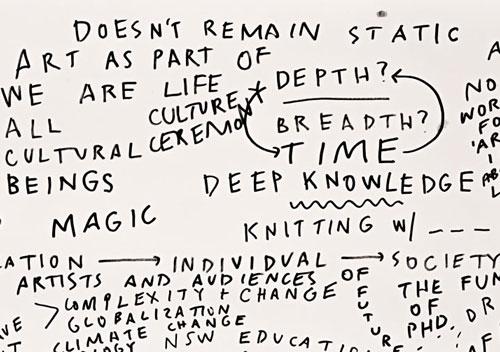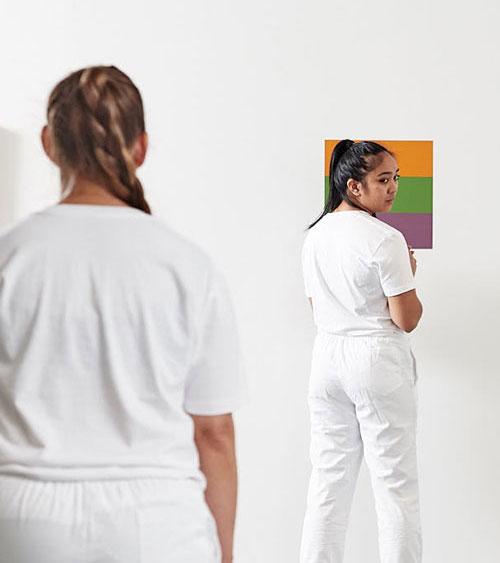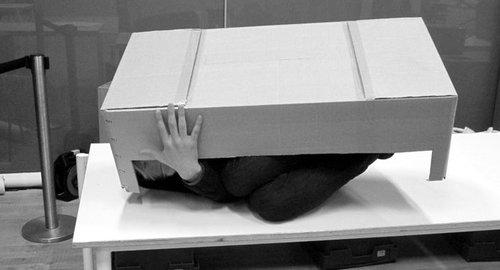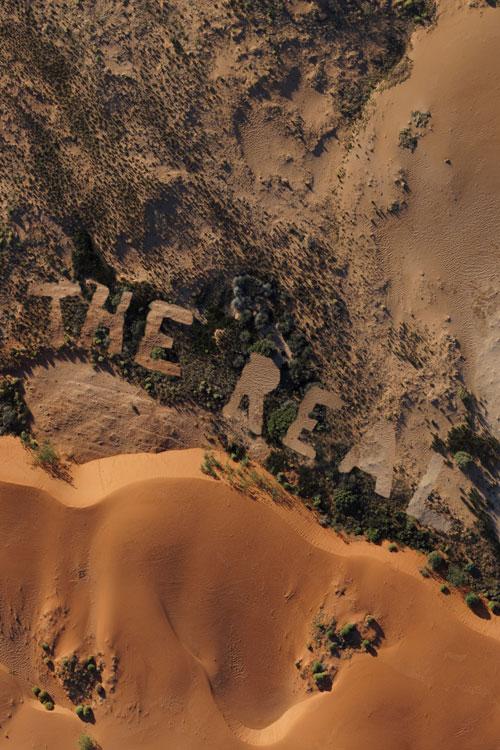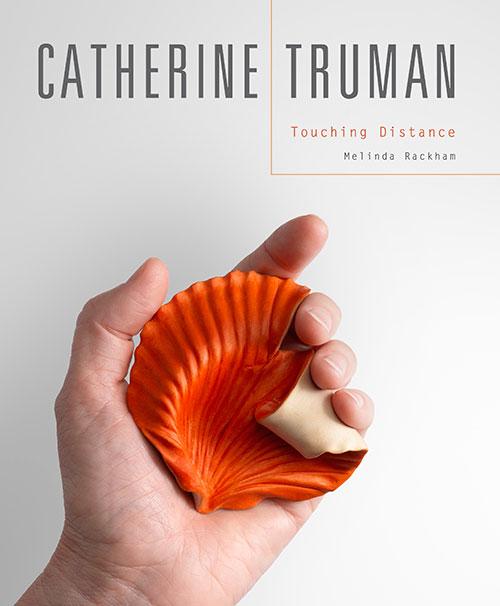Search
You searched for contributors, issues and articles tagged with Interdisciplinary ...
Contributors
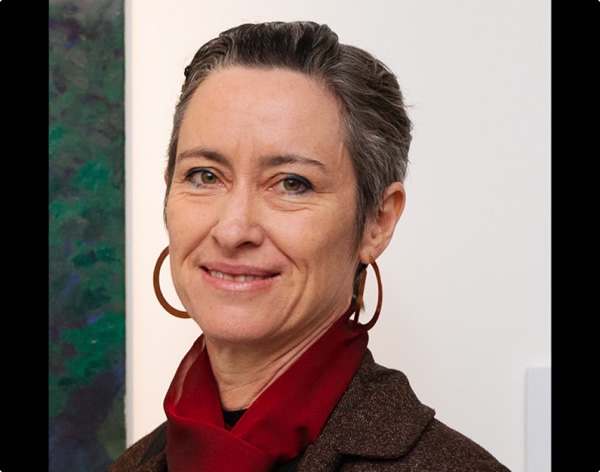
Issues
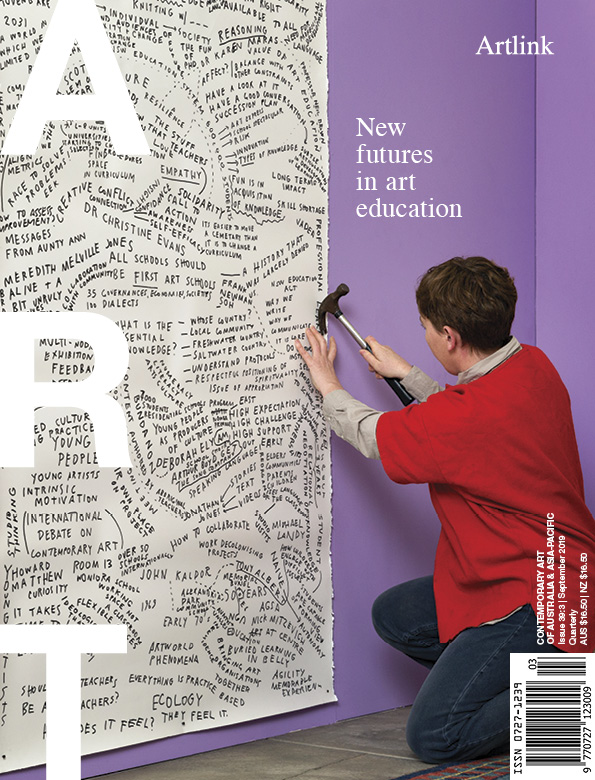
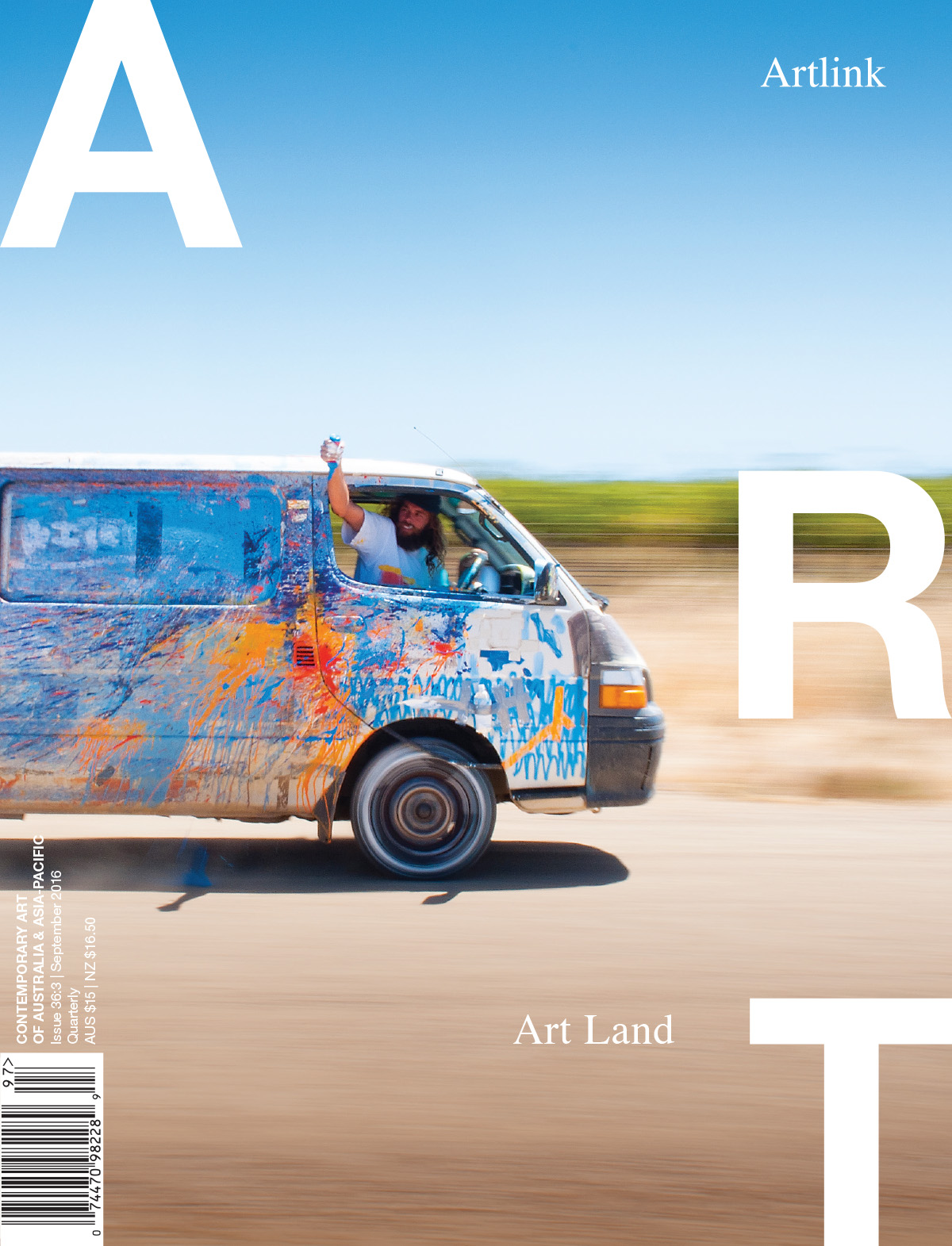
Articles

Eve Sullivan___How did you become the creative lead for the Kaldor Public Art Project Symposium on Art Education? What did this entail?
Agatha Gothe‑Snape___I was invited by Kaldor Public Art Projects to participate (or intervene) in the program as an artist. Throughout the development and planning of the event I spent time “in residency” in the KPAP office as a kind of “participant–observer.” I also did research into the current discourses around art and education, reflecting upon my own experiences and those of others, and spoke to primary and secondary school teachers about their approaches to teaching art.

What is curatorial research? And what is a curatorial methodology? I founded the Curatorial Practice PhD at Monash University in 2014. Though new and at the time unprecedented in Australia, it is entirely modelled on the Fine Art PhD, which is now offered by more than two dozen courses in this country. And so these questions were put to me repeatedly. They often felt bewildering, the result of putting the square peg of curating into the round hole of academia. Curating’s entry into academia was an awkward and artificial event, but I believe this event continues to have tremendous potential, and I hope to tease out its implications and possible paths forward in the essay that follows.

In 2016 the arts in Australia inhabit a dystopian world. It could be described as a place of absurdist contradictions, where only those who have mastered the arcane rules of the Hunger Games have any chance of surviving. Possibly the greatest change is that arts funding is now a partisan political issue in a way that it has not been for some generations. In the past there were concerns about the internal politics of art bureaucracies, but now the allocation of funds to support the arts (or not) has become a party‑political issue. The Commonwealth Government recently presided over the greatest reduction in arts funding in Australian history, but when questioned on this in a public forum, the art‑loving/art-collecting Prime Minister was unaware of the impact of his party’s budgets on the arts. It is probably unfair to blame the current Prime Minister for the devastation that was wrought in the time of his predecessor.

Nearly two decades ago, when artist Rodney Glick and I started discussing the possibility of developing an international contemporary art space in a small country town, people found the idea both comical and intriguing. They laughed when they heard it first but then reconsidered, perceiving a potential beyond the apparent joke. The reason for such hilarity is obvious: contemporary art is so closely associated with the inner city areas that the idea of transplanting it among paddocks and feedlots came across as funny, like a hairy man wearing a tutu.

Solastalgia has come to signify distress caused by environmental damage. The term, originally coined by philosopher Glenn Albrecht, specifically addressed the condition of existential distress caused by the physical destruction of one’s immediate environment. As the global extraction industries and the financial institutions that bankroll their reach increasingly dominate, with direct impacts on land, solastalgia is fast becoming a common contemporary condition associated with the loss of ground in our occupation of the planet and a general sense of helplessness.

The Palmer Sculpture Biennial is a characteristically transient, remote art event that takes place in the Mount Lofty Ranges of South Australia, some 70 kilometres east of Adelaide. Led by sculptor Greg Johns, who purchased the 163‑hectare property of rain‑shadow country at Palmer in 2001, it has become a place for artistic nomads, who converge on the landscape to create ephemeral and site‑specific art. This unique art event that takes place every two years is aligned with an ongoing program of land regeneration, supported by a community of artists and environmentalists.

